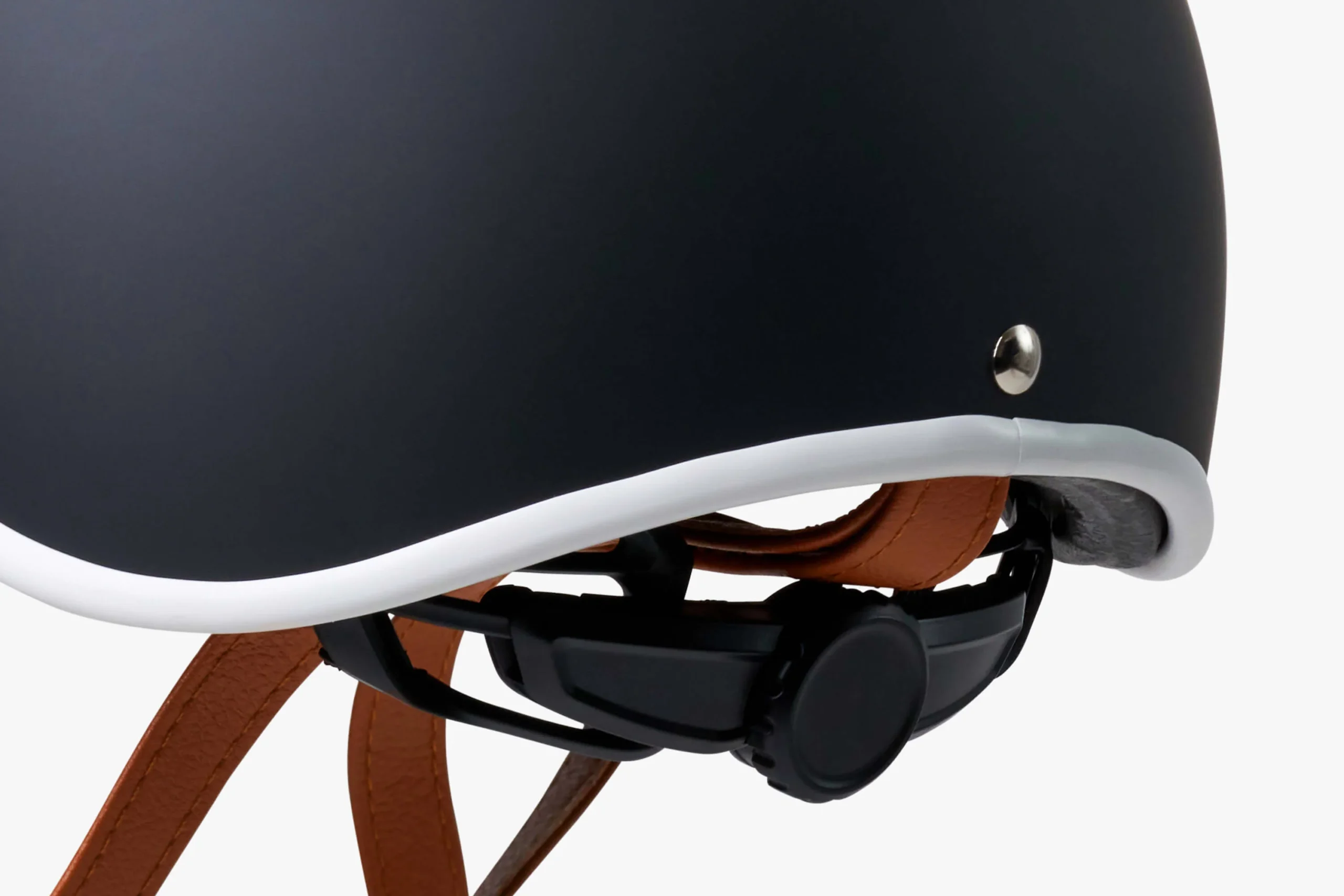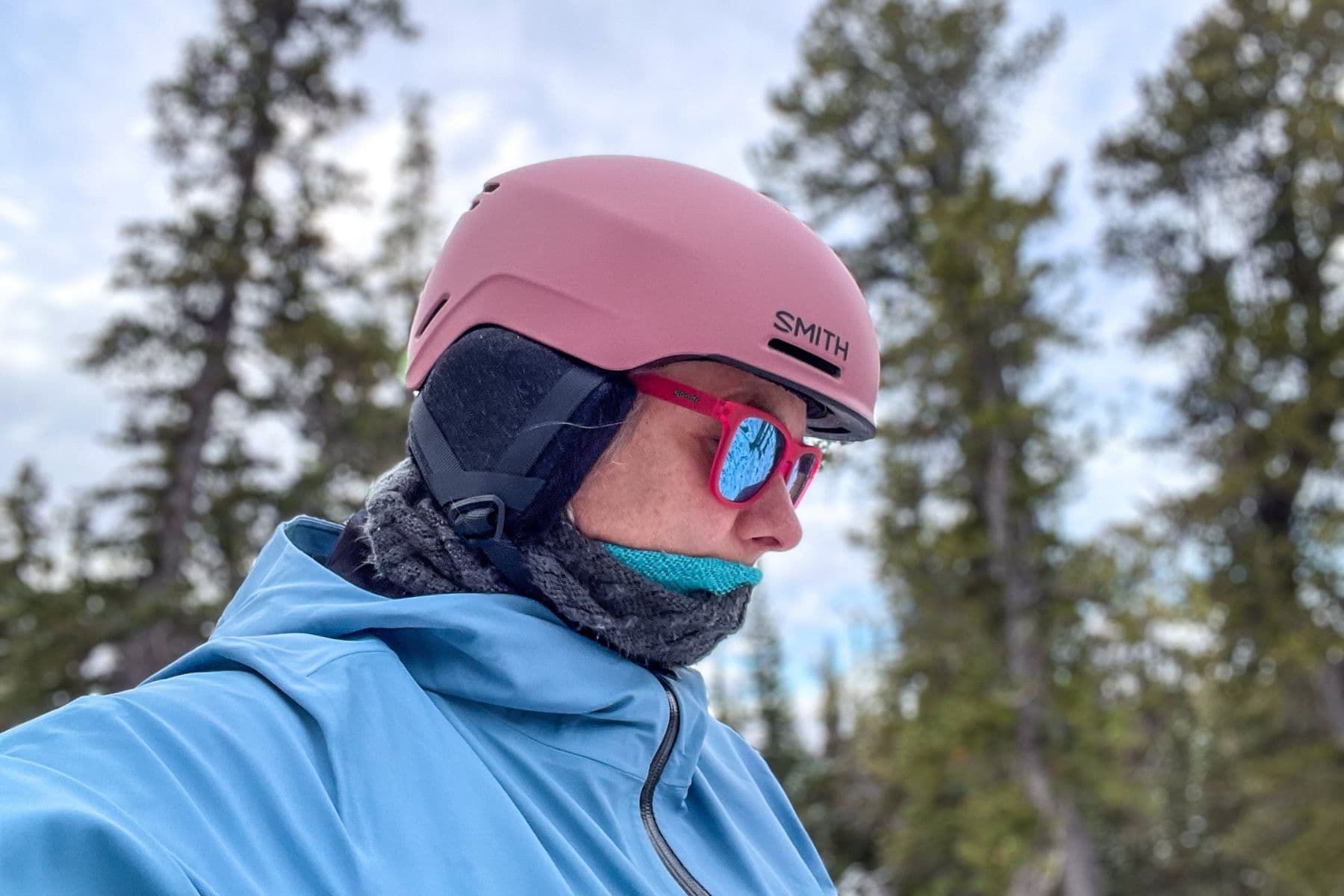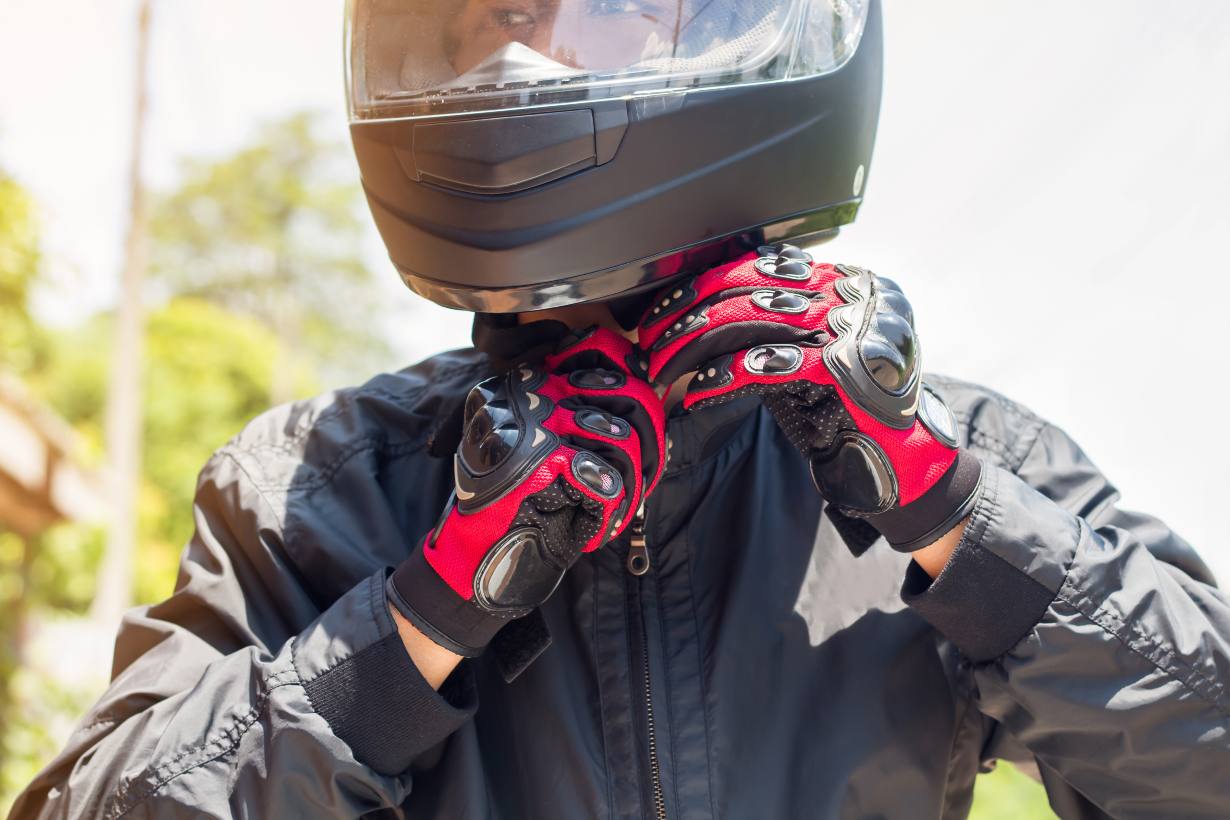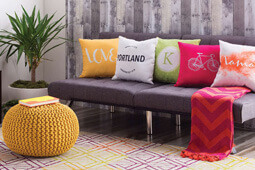Selecting the right helmet size for men, women, or kids involves more than just picking the correct size. Each group typically has distinct sizing and fit needs to ensure optimal protection and comfort.
This quick guide will help you understand the differences, how to measure, and what to look for to get the best helmet fit for each age and gender.
1. Why Helmet Size Matters
A helmet that fits properly provides the best protection by staying securely on the head and distributing impact evenly. Choosing the right size is essential for:
- Safety: A secure fit reduces movement and enhances protection.
- Comfort: Proper sizing prevents pressure points and discomfort.
- Stability: A well-fitted helmet won’t slip, shift, or become a distraction.
2. Measuring for the Right Helmet Size
To find the right helmet size for men, women, or kids, start by measuring head circumference. Here’s a step-by-step guide:
- Step 1: Use a Flexible Measuring Tape
Wrap the tape around the widest part of your head, just above the eyebrows and ears. - Step 2: Record the Measurement
Take note of where the tape overlaps, and double-check to ensure accuracy. - Step 3: Consult a Size Chart
Use a helmet size chart to match your measurement with the appropriate size. Each manufacturer may vary slightly, so always refer to the specific brand’s chart.
3. Helmet Size Guide for Men
Men generally have larger head circumferences than women and children, so helmet sizes may vary. Here’s a general size chart for men’s helmets:
| Size | Head Circumference |
|---|---|
| XS | 20.1 – 21.3 inches (51 – 54 cm) |
| S | 21.3 – 22 inches (54 – 56 cm) |
| M | 22 – 22.8 inches (56 – 58 cm) |
| L | 22.8 – 23.6 inches (58 – 60 cm) |
| XL | 23.6 – 24.4 inches (60 – 62 cm) |
| XXL | 24.4 – 25.2 inches (62 – 64 cm) |
Men’s helmets are often designed with a slightly wider fit and may have additional padding or adjustable systems to accommodate different head shapes, such as round or oval.
4. Helmet Size Guide for Women
Women’s helmets are generally similar in sizing to men’s, but they often feature a narrower fit and may come with features that cater to long hair, like ponytail cutouts or softer padding. Women’s helmets may also be lighter and feature different color options.
| Size | Head Circumference |
|---|---|
| XS | 20.1 – 21.3 inches (51 – 54 cm) |
| S | 21.3 – 22 inches (54 – 56 cm) |
| M | 22 – 22.8 inches (56 – 58 cm) |
| L | 22.8 – 23.6 inches (58 – 60 cm) |
| XL | 23.6 – 24.4 inches (60 – 62 cm) |
Women’s helmets often have adjustable features like dial-fit systems or additional removable padding, allowing for customization. This adjustability is beneficial if you are between sizes or have a unique head shape.
5. Helmet Size Guide for Kids
Kids’ helmets are designed to fit smaller heads and provide safety for growing children. Kid-specific helmets are usually more lightweight and may come with extra padding for a comfortable fit. As kids grow quickly, it’s essential to measure their heads regularly to ensure they’re still wearing the correct size.
| Size | Head Circumference | Age Range (Approximate) |
|---|---|---|
| XS | 18.5 – 20 inches (47 – 51 cm) | 1-3 years |
| S | 20 – 21.3 inches (51 – 54 cm) | 4-8 years |
| M | 21.3 – 22.8 inches (54 – 58 cm) | 9-13 years |
To account for growth, kids’ helmets often include additional padding or an adjustable dial system, which helps parents customize the fit without having to buy new helmets frequently.
6. Tips for Trying on Helmets
Once you have the size, it’s essential to try on the helmet to make sure it fits comfortably and securely. Here are some tips for each group:
- Men: Look for a snug fit that doesn’t pinch around the temples. Men’s helmets should cover the forehead fully without obstructing vision. Perform a shake test to ensure stability.
- Women: Make sure the helmet accommodates your hairstyle, especially if you wear a ponytail. Check that the chin strap is comfortable, and use the dial system to adjust as needed.
- Kids: Kids’ helmets should sit level on the head and cover the forehead without tipping forward or backward. Ensure the chin strap is tight but not uncomfortable, and check for any gaps around the sides.
7. Additional Helmet Features for Perfect Fit
- Dial-Fit Systems: Helmets with dials at the back can be tightened or loosened for a custom fit.
- Removable Padding: Helmets with removable pads offer a more tailored fit, especially for kids.
- Ventilation: Look for helmets with adequate ventilation for increased comfort, especially in hot weather.
8. When to Replace a Helmet
Helmets don’t last forever. Over time, materials wear down, and any impact can compromise the internal structure. Replace a helmet after any significant impact or every 3–5 years for maximum safety.
Final Thoughts
Choosing the right helmet size is crucial for the safety of men, women, and kids. By measuring head circumference, consulting a size chart, and testing for comfort, you can find a helmet that fits well and keeps you protected.
Whether you’re buying for yourself or a loved one, prioritize proper fit to ensure peace of mind every time you ride, skate, or climb.








